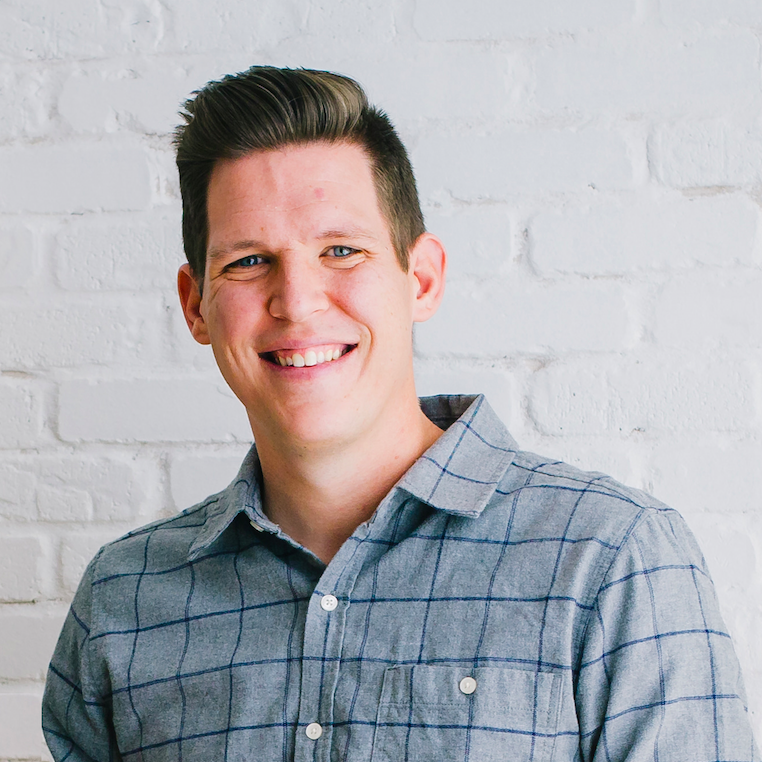The early days of working as a freelance designer can be a fragile time. Luckily, it only takes doing a few things right to thrive quickly, but if you make some bad decisions up front, you can struggle for years. The majority of new freelancers make mistakes that, in a lot of cases, can easily be avoided. Knowing what those mistakes are ahead of time can change the trajectory of your freelance career.
With that in mind, I’d like to share six things to AVOID in the early days of your freelance design career.
1. Go in with zero plan
Many of the struggles you’ll deal with boil down to one big problem a lot of freelance designers face: you don’t have a plan. I’m not saying you need a 100-page business plan. In fact, spending too much time agonizing over your exact strategies and tactics is a great way to put your freelance ambitions on hold forever.
However, you do need a brief freelance business plan to point you in the right direction.
Setting goals is a smart move no matter what industry you’re in. Attainable, measurable goals give you a target to aim for. It’s important to have both smaller and larger benchmarks - think about daily, weekly and annual goals. Giving yourself deadlines helps put your own business at the top of the priority pile.
2. Focus on the wrong things
Making the leap to freelancing can seem like an insurmountable task. So it’s natural that when you’re new to the industry, you might try to pick out smaller details to focus on before leaping in with both feet.
Some parts of business are naturally more fun than others. Setting up a brand is interesting and exciting, especially for a designer. It’s nice to dream about your company name and style. Branding is important, and it should definitely be one of the first things you do.
The problem is, many freelancers think their logo, company name and their portfolio all have to be perfect before they can start their design business. That means many end up never starting or taking so long to start it’s a huge flop.
It can help you move past this frozen stage to remember: you can rebrand yourself down the road. Logo tweaks are allowed. Your portfolio will be a living thing as you complete new projects. You can even completely change your business name, and loyal clients will follow. Someone once gave me the advice that a finished project is always better than a perfect project. There may be exceptions to this rule, but you’ll never make a dime if you don’t put yourself out there, perfect or not.
3. Fail to get your first clients fast
There are a lot of benefits to finding your first design clients fast. Landing that first project will give you confidence in yourself, and give you a bit of revenue to move forward. Finding clients quickly has another, even better benefit: referrals.
Referrals are the lifeblood of what freelancers do. As soon as you start freelancing find a gig, large or small, and really nail it. You can then feel confident in asking for feedback and referrals. Through word of mouth, you’ll build up sustained revenue sources before you know it.
That’s why it’s so important to find great clients right away. Don’t wait for everything to be perfect before you start pitching prospects and getting new projects in the door.
4. Make money conversations awkward
It’s a surprise to a lot of designers who decide to go out on their own, but being a freelancer is about running a business just as much (or more) as it is about design work. One of the biggest jobs you have as a business owner is to collect payment for your work. If you’re awkward about money, it’ll make it much harder to get paid as a designer.
Instead, try to distance your personal emotions from the conversation. Remember you are selling a product. Decide what it’s worth to you before any negotiations, and don’t be afraid to walk away.
Once you’ve agreed on a price, there’s no reason to feel weird sending an invoice to your client. They’re expecting it. If you feel more comfortable, you can always use an invoice management tool so that invoices (and any needed follow up) don’t come directly from you.
5. Fear sales
When you start a design business, you’re going to have to sell. Odds are, clients won’t show up magically on your doorstep or in your inbox. The only way to bring in income is to go out and find customers willing to pay for your services.
Creative people don’t always have the same skill and mindset that sales professionals have, so sales can be intimidating. There are few basic things you can do to get started, such as building a network, learning to use lead magnets, and attending professional meetups. You can also find social media groups with like-minded professionals in a similar situation. Interacting online is an easy way to seek out mentors and get tips for growing your business.
If you’re still afraid of sales, there are a variety of courses available to help you learn what it takes to sell yourself. Investing in these kinds of learning opportunities will bring big dividends down the road. Thankfully, as you realize the true value you offer to clients, you’ll become more confident at selling yourself.
6. Don’t focus on the long-term
While you may need to take a few small projects to keep yourself paid and fed, you should always think about the long-term strategy of your design business.
Constantly looking for one-off gigs means that your time is spent more on sales and setup than on billable tasks. Focus on getting regular clients that can sustain you over the long-term. When your clients succeed based on your work, they’re pretty likely to come back to you for more. Another long-term strategy is to build passive income into your design business for when client work isn’t as plentiful.
Remember that not all long-term goals are overtly connected to sales numbers. While setting income goals is important, it’s just as important to focus on the strategy that will get you there. Long-term goals might include things like high traffic numbers to your blog or social media page, boosting your SEO ranking, or hiring your first employee. These objectives will look different for every business—what’s important is the attitude of looking beyond just paying your bills this month.
If this seems like a lot to take in, just breathe. There are just as many ways to succeed as a freelancer as there are to fail. The good news is you’re here reading this. You’re willing to learn, and that’s a great sign.
Give yourself the best chance possible to succeed by avoiding these common mistakes and taking control of your freelance design business. Focus on the right things, have a plan, and understand your value, and instead of killing your career, you’ll be killin’ it, period.

This article was contributed by Preston Lee, the founder of Millo, where he and his team help designers find better clients, level up their Graphic Design Portfolio, raise their rates, and grow their business. Chat with Preston and thousands of fellow freelancers in their free Millo Mastermind Group on Facebook.






Be the first to comment